Each year over 290 million tires are discarded in the U.S. alone and disposing of all those old tires can be a big challenge for a lot of reasons. When used tires are sent to the landfill they cause numerous problems for both the landfill operators and the environment. Intact tires in a landfill tend to float to the surface of the trash heap where they make perfect homes for rodents and damage landfill liners, which can lead to even more environmental problems. And it’s not like those tires are going to disappear over time. On average, it takes a used tire around 50-80 years to decompose! For all these reasons, more and more states are requiring tires to be crushed before being sent to the landfill and in some cases, they’re banning them altogether.
See The Life of a Recycled Tire Infographic
It’s no secret to anyone that Americans adore their cars – and we have an awful lot of them! With two car families being the norm in the U. S., there are a whole lot of vehicles on the road. Our dependence on the automobile (and the infrastructure we have built to support it) has given us enormous freedom and unparalleled convenience. It’s also given us a lot of old tires to deal with!

So what should we do with all those old tires? The good news is that we’ve found some really great solutions! Recycling is becoming an increasingly popular way to deal with the many millions of tires that are discarded in the U.S. each year. And it’s not just about keeping the tires out of the landfill. Ground up rubber is a fabulous option for a lot of different applications.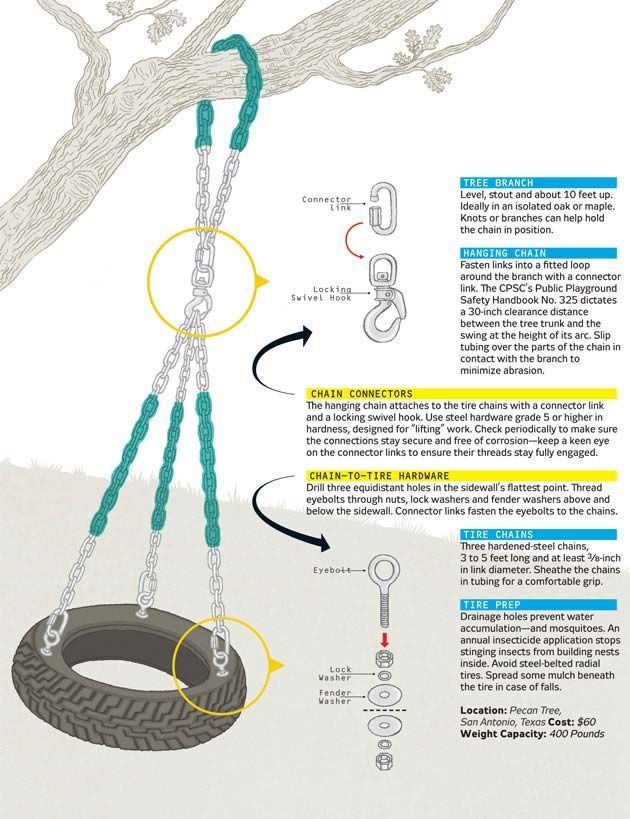 Its durability and softness make it an ideal material to use as an additive in flooring, tracks, and roadways and it has even made its way to the stalls of many a fancy horse barn. The uses for used rubber are numerous, which is a good thing because there’s a lot of old rubber out there that needs to be used.
Its durability and softness make it an ideal material to use as an additive in flooring, tracks, and roadways and it has even made its way to the stalls of many a fancy horse barn. The uses for used rubber are numerous, which is a good thing because there’s a lot of old rubber out there that needs to be used.
One of the best ways to use discarded tires is to turn them into rubber mulch. Converting tires to mulch is a fairly simple process with long-lasting positive results. Rubber mulch can serve a lot of the same purposes as regular wood mulch but it has the added benefits of longer lasting durability, increased softness, and a weight that keeps it from blowing or floating away. While it costs a little more up front than wood mulch, it is an investment that will pay for itself over time. Gardeners love not having to re-mulch their flower beds every year and parents love the added security of knowing that if their child takes a tumble from the playground equipment they will most likely come out unscathed.
Step 1: Tire are gathered from landfills and drop off centers and taken to a processing facility.
Step 2: Sidewalls are cut out to remove metal and other debris from the rubber.
Step 3: Ground up tire pieces are heated and treated with softening agents to make them soft and pliable. This process is called vulcanization.
Step 4: The pieces are passed under a powerful magnet to remove any remaining metal while a vacuum sucks out any lingering polyester so that all you’re left with is clean, soft rubber.
Step 5: The pieces are cooled and painted.
Step 6: Rubber mulch is packaged up and sent back out into the marketplace
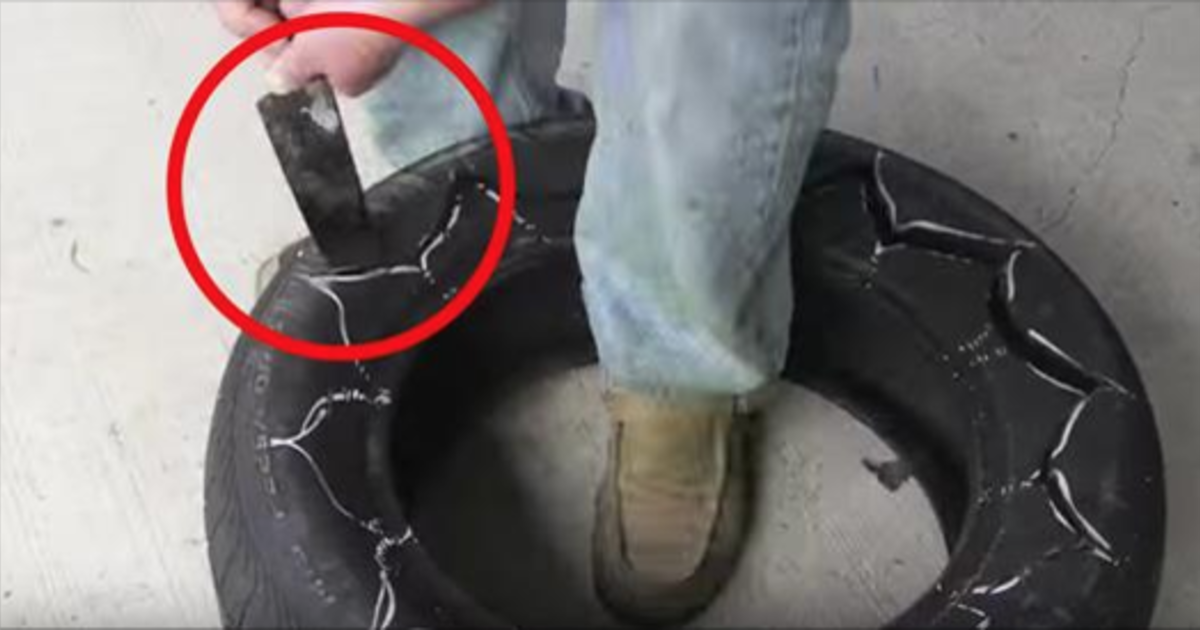 Because it does not break down or fade, rubber mulch has a much longer lifespan than wood mulch. Rubber mulch won’t decompose like wood mulch and should hold its color for more than ten years.
Because it does not break down or fade, rubber mulch has a much longer lifespan than wood mulch. Rubber mulch won’t decompose like wood mulch and should hold its color for more than ten years.While no process or solution is perfect, creating new rubber products from spent tires takes a lot of the bite out of our used tire problem.![]() Hopefully, as more uses for used rubber emerge, even fewer tires will make their way to the great trash heap in the sky. Until then, you can do your part to keep tires from the landfills by purchasing rubber mulch and other products made from recycled rubber!
Hopefully, as more uses for used rubber emerge, even fewer tires will make their way to the great trash heap in the sky. Until then, you can do your part to keep tires from the landfills by purchasing rubber mulch and other products made from recycled rubber!
Leo Shapiro
7458
4
min read
As Super Bowl 2014 approaches, the Seahawks and the Broncos aren’t the only things in the news. New Jersey’s MetLife Stadium is also getting some attention for a new field that is making its biggest debut yet with Sunday’s football game.
Until recently, the MetLife Stadium in East Rutherford, NJ had a traditional soil and grass field that was used for a variety of events, including many NFL games and practices, soccer games, concerts, monster truck events, and more. While a grass field is the more traditional option for jumbo stadiums, they also require a lot of maintenance. To keep the grass in tip top shape, a lot of watering is required, as well as fertilizer and pesticides to keep grass green and weeds away.
To keep the grass in tip top shape, a lot of watering is required, as well as fertilizer and pesticides to keep grass green and weeds away.
In addition to being high maintenance, a traditional grass field can also pose some problems in terms of allowing athletes to perform to the best of their abilities, especially in adverse weather conditions. Heavy rains can lead to a muddy field, which can interfere with the quality of play. In freezing conditions like those likely to occur on Super Bowl Sunday, athletes not only risk compromised play but also a greater chance of injury because the ground will be harder than usual.
A Better Option
Considering the extended use the MetLife Stadium field gets each year, the executive decision was made to switch over to synthetic turf. To install synthetic turf, an extensive sub-drainage system was installed along with a compact base, finish stone, and a crumb rubber/sand mixture used as a filler for the turf.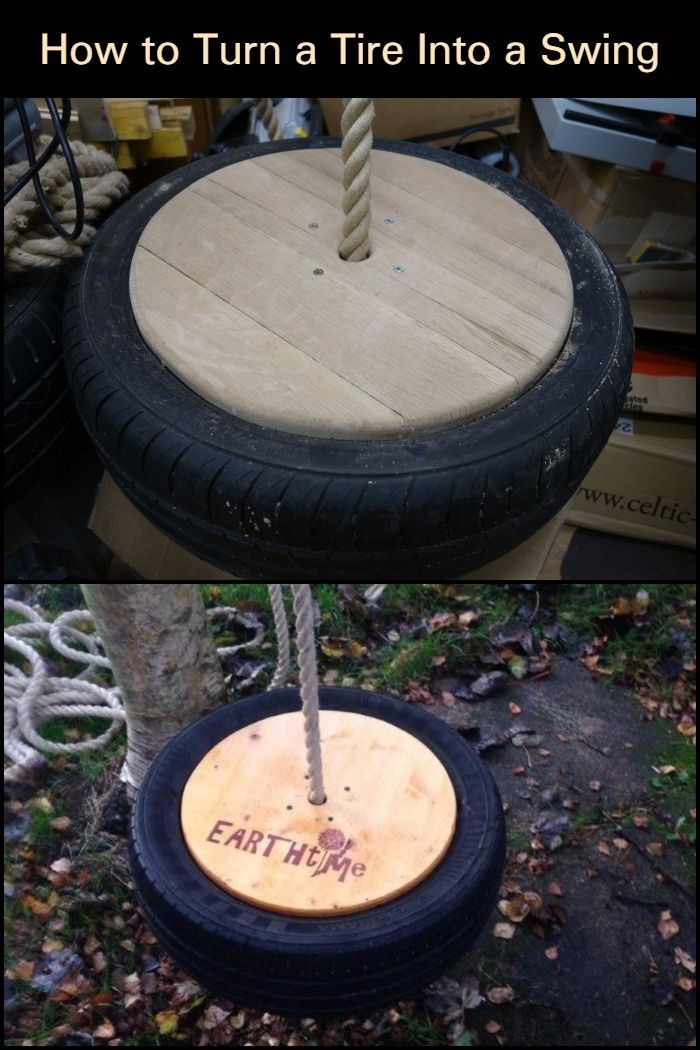
In its completed state, a synthetic turf field reduces maintenance costs by eliminating the need for watering, mowing, and the use of fertilizer and pesticides. Turf fields also remain intact even in the event of heavy rains or freezing weather, giving athletes a safe and consistent playing surface.
Helping the Environment
To complete the new field for the MetLife stadium, approximately 200 tons of recycled crumb rubber was used (according to a fact sheet published by UBU Sports). 200 tons of crumb rubber equals about 36,504 tires, or enough for 9,126 cars. This is an enormous amount of tires that is being used productively instead of taking up excessive space in a landfill. It’s a true win-win situation.
Synthetic turf fields are just one of the hundreds of uses that have been found for crumb rubber. Here at Eco Green Equipment, we specialize in designing and manufacturing equipment that easily and cost-effectively recycles tires, so they can be used in hundreds of different eco-friendly applications.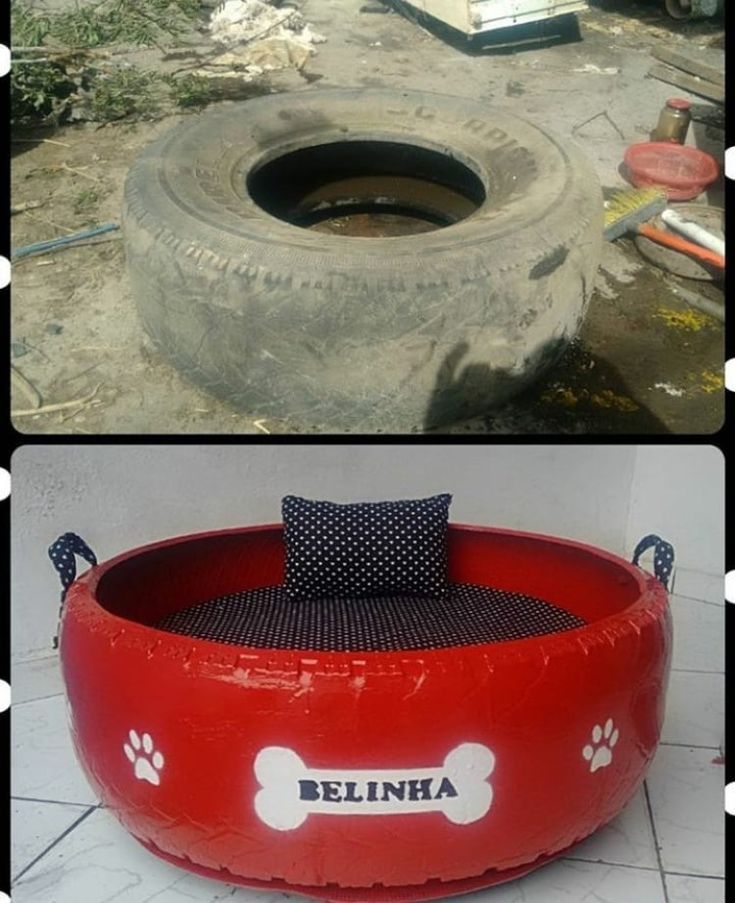 We’re committed to reducing the stockpiling of scrap tires around the world in landfills and illegal dumping sites that harm the environment. Browse through our site to learn more about our mission.
We’re committed to reducing the stockpiling of scrap tires around the world in landfills and illegal dumping sites that harm the environment. Browse through our site to learn more about our mission.
We all know how important it is to recycle, but sometimes we don't realize that we can recycle certain items. Other times, we don't understand how we can recycle items - for example, how can you recycle rubber tires into something useful? One of the best ways to recycle old tires is to make them cordless. rubber mulch.
Wire-free rubber mulch can be used for a lot of things, so we've rounded up our top three uses right here.
Playgrounds
Playgrounds typically use gravel, sand or wood chips/mulch, but all of these materials can cause problems. For example, sand gets in everywhere and can turn into a muddy ring when it rains.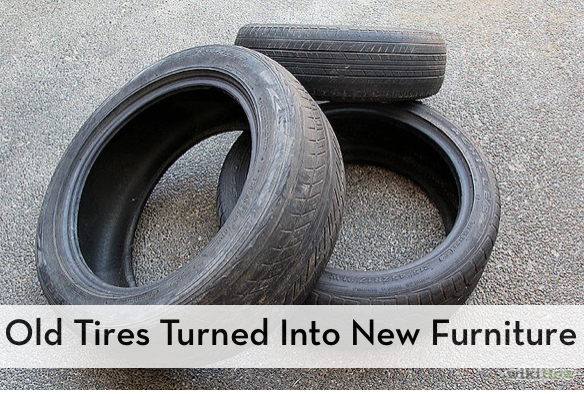 The gravel is uncomfortable to walk on and can be painful when children fall.
The gravel is uncomfortable to walk on and can be painful when children fall.
The most commonly used wood mulch is not ideal. This is uncomfortable and children can get splinters if they try to crawl. Wood mulch can attract insects and animals, which is not optimal for a playground; wood mulch also moves easily when children land on it, which often happens when they slide down slides and jump off swings.
Rubber mulch is ideal for playgrounds. It is much softer than other materials, but it is very durable. Rubber mulch is also safer for children falling because it absorbs shock more easily. You won't have to worry about splinters, and rubber mulch doesn't move as easily - you can even purchase rubber mulch mats for high-traffic areas, like under swings and slides. Whether you're building a playground in a park or backyard, rubber mulch is definitely the way to go. 9You probably don't think about rubber mulch when it comes to landscaping, but you should. Landscaping materials can be a difficult decision because very often the materials need to be replaced, rot, shift due to the weather, or attract too many insects.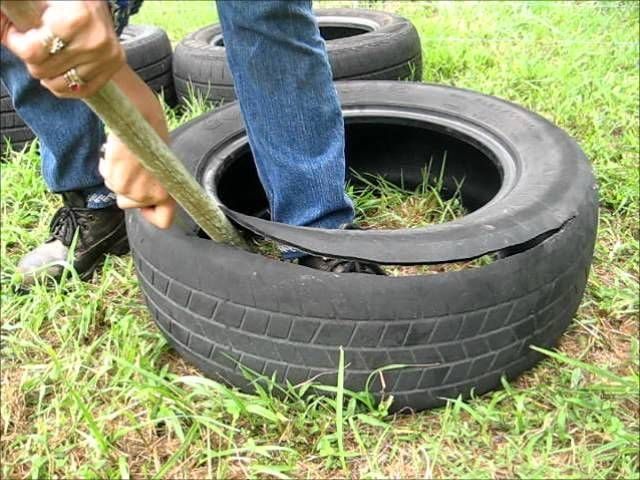 Rubber mulch is the perfect solution, simply because you don't have to worry about anything.
Rubber mulch is the perfect solution, simply because you don't have to worry about anything.
Instead of using rocks or wood mulch around trees and shrubs, try using rubber mulch instead. This will prevent weeds and help get rid of garbage in landfills. Rubber mulch is also good for your wallet, as it is more durable and covers more ground than its counterparts, so you can cover more for less.
Sports program
Being active is great and it can be a lot of fun. However, any time you are more active, you are also at risk of injury. Even just playing basketball after dinner with the kids can lead to knee scratches and bruising. Concrete is hard and unforgiving, which means it's not the best choice for athletics.
Rubber mulch can be used on both artificial and natural turf to create a safe sports environment. It works for golf courses, treadmills, soccer fields, and anywhere you plan to run a lot.
The best thing about rubber mulch is that you don't have to try to make it work or use it as a less desirable substitute for something that works better but is less environmentally friendly. Rubber mulch is truly one of the best choices you can make for both yourself and the environment.
Rubber mulch is truly one of the best choices you can make for both yourself and the environment.
One of our main goals at Eco Green Equipment is to promote the recycling and reuse of used tires for the environment. Part of this goal is to help others understand how important tire recycling is to the environment, and all of the many uses for recycled tires for everyday use.
Another important application, besides what we talked about in our blog, is in the army and police. training, how? Just as recycled rubber can be a great resource for playground and gym safety, so it can be for combat, hurdles and ropes training.
Using equipment such as Eco Green, tires can be efficiently recycled and made useless. mulching. Due to the firm yet somewhat pliable properties of tires in their entirety, rubber mulch creates a durable yet cushioning workout surface.
Injury Prevention
Basic training and combat training is tough. It requires a lot of physical contact with other people as well as the earth. Using a typical course built on firm ground can result in injuries such as sprains, sprains, and even tears that can prevent trainees from getting the thorough preparation they need. On the other hand, rubber mulch has been proven to significantly reduce the number of injuries that occur during basic training, combat training, and police training.
Durable
Using rubber mulch for training courses is also a much more economical and maintenance-free option in the long run. With prolonged use of these fields, traditional soil or mud can wear out and compromise the integrity of the field's architecture. Rubber mulch is extremely durable - it won't freeze, blow away, or break down in heavy rain. It also does not decompose, which guarantees its safety for many years.
Cleaner version of
With how many basic students come into contact with the ground in combat training, this can lead to a lot of confusion during rain or shine.